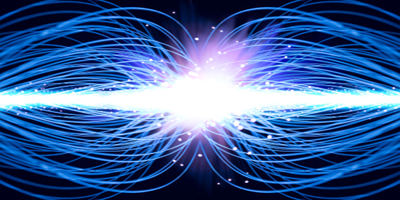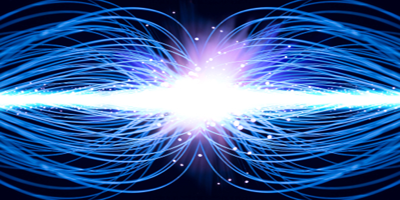The More the Merrier…and Heavier
Where does the periodic table end? Extending the periodic table to the artificially synthesized superheavy elements is one of the most fascinating avenues of nuclear research, offering sensitive tests of theories of nuclear physics and chemistry (see 9 April 2010 Viewpoint). The difficulties to overcome are not only that the experiments last several months, but also that at the end, they typically produce few, of the order of two or three, superheavy nuclei.
Writing in Physical Review Letters, Yuri Oganessian at the Joint Institute for Nuclear Research, Russia, and collaborators report on results from the bombardment of a radioactive americum- target by calcium- projectiles. After a run lasting four months, they have produced twenty-two nuclei of element . The high yield was achieved by optimizing beam energy and detection performance as well as by increasing beam dose. This is an improvement of more than twice the previous yields of such nuclei. Apart from the technical feat of the substantially enhanced production of this superheavy nucleus, the results from this experiment provide a wealth of information on how such superheavy elements decay, with consequences for nuclear structure physics and stability in general. – Abhishek Agarwal





